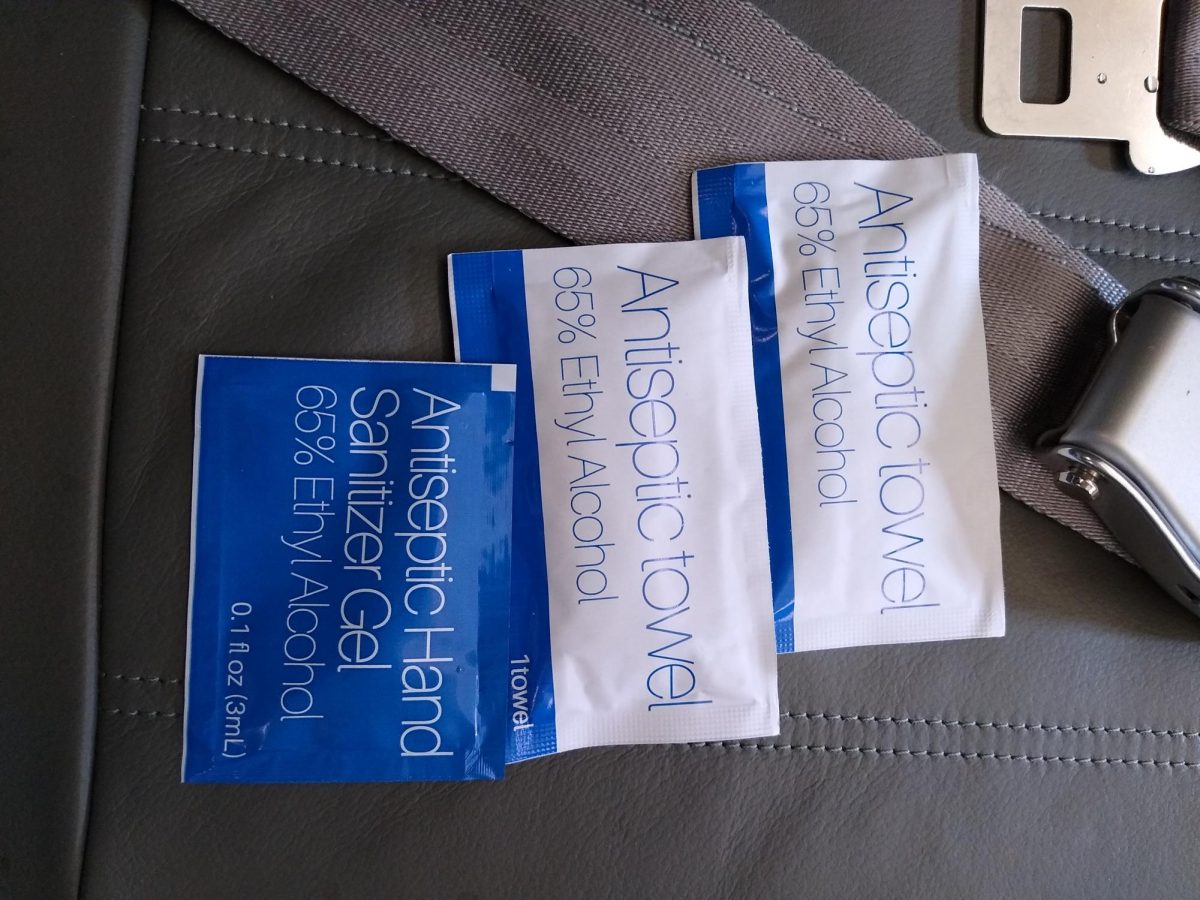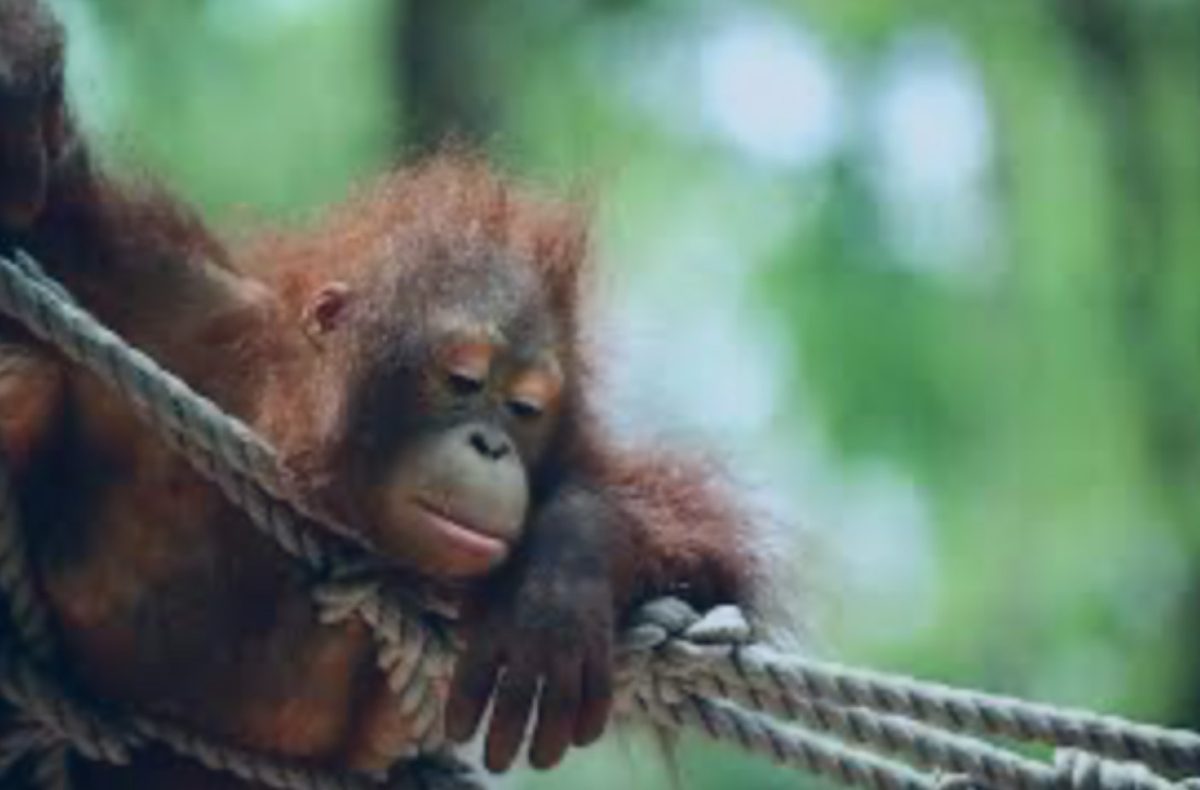On January 9, Americans commemorate the Battle of Bataan, which happened during the Second World War. While not officially a national holiday or widely celebrated, the date is very important from a historical perspective.
The Bataan Peninsula is located in the Philippines on the island of Luzon. It juts out into Manila Bay from the north of the island, nearly closing the gap of the bay. The peninsula is characterized by jungle terrain and harsh conditions. The few towns are located on the coasts, primarily the east coast facing Manila. Much of it is now a national park. In addition, a few large mountains dominate the interior, especially Mt. Mariveles near the southern tip. The peninsula is about 30 miles long and 15 miles wide, according to Encyclopedia Britannica.
After the Spanish-American War in 1898, the United States controlled the Philippines. It fought the costly Philippine-American War against insurgents. Then, it helped the Philippines become an integral part of the American empire.
Japan was also trying to gain power in the Pacific. It wanted to control resources to help the country expand. To do this, it attacked China and French Indochina. The United States was not happy and imposed sanctions on Japan.
In frustration, Japan bombed Pearl Harbor in Oahu on 7 December 1941. The same day, they attacked the Philippines. General Douglas MacArthur tried to organize a counterattack, but devastating airstrikes crippled his forces. The Navy
and the Army Air Corps withdrew, leaving a few submarines and PT Boats in Manila and several bombers on the southern island of Mindanao.
Japanese landings followed. MacArthur adopted a disastrous defense strategy that spread out his men. Realizing his mistake, he ordered the men to withdraw to Bataan, which was easily defended.
This meant that Manila, the capital of the Philippines, would have to be abandoned. The United States, hoping Japan would spare the civilians there, declared it an open city and pulled out.
The two U.S. Army corps, including many Filipino divisions, made a dash for Bataan. As the last tanks or men crossed a bridge, they would blow it up. The Japanese thought they would not put up a fight and moved troops on to Malaya, leaving their worse divisions to take on the U.S. Philippine Division and Filipino units.
Douglas MacArthur made his headquarters on the important island of Corregidor, which was soon under constant attack by Japanese airplanes. The U.S. also garrisoned several islands in Manila Bay, including Fort Drum, armed with concrete walls and 14-in dreadnought guns.
The Americans and Filipinos fought splendidly. They held their defensive line well. Untested units became battle hardened quickly. The only problem was food. Soon, all the men were on half rations, then quarter rations, then one eighth rations. Even Douglas MacArthur, a four-star general, ate almost nothing.















